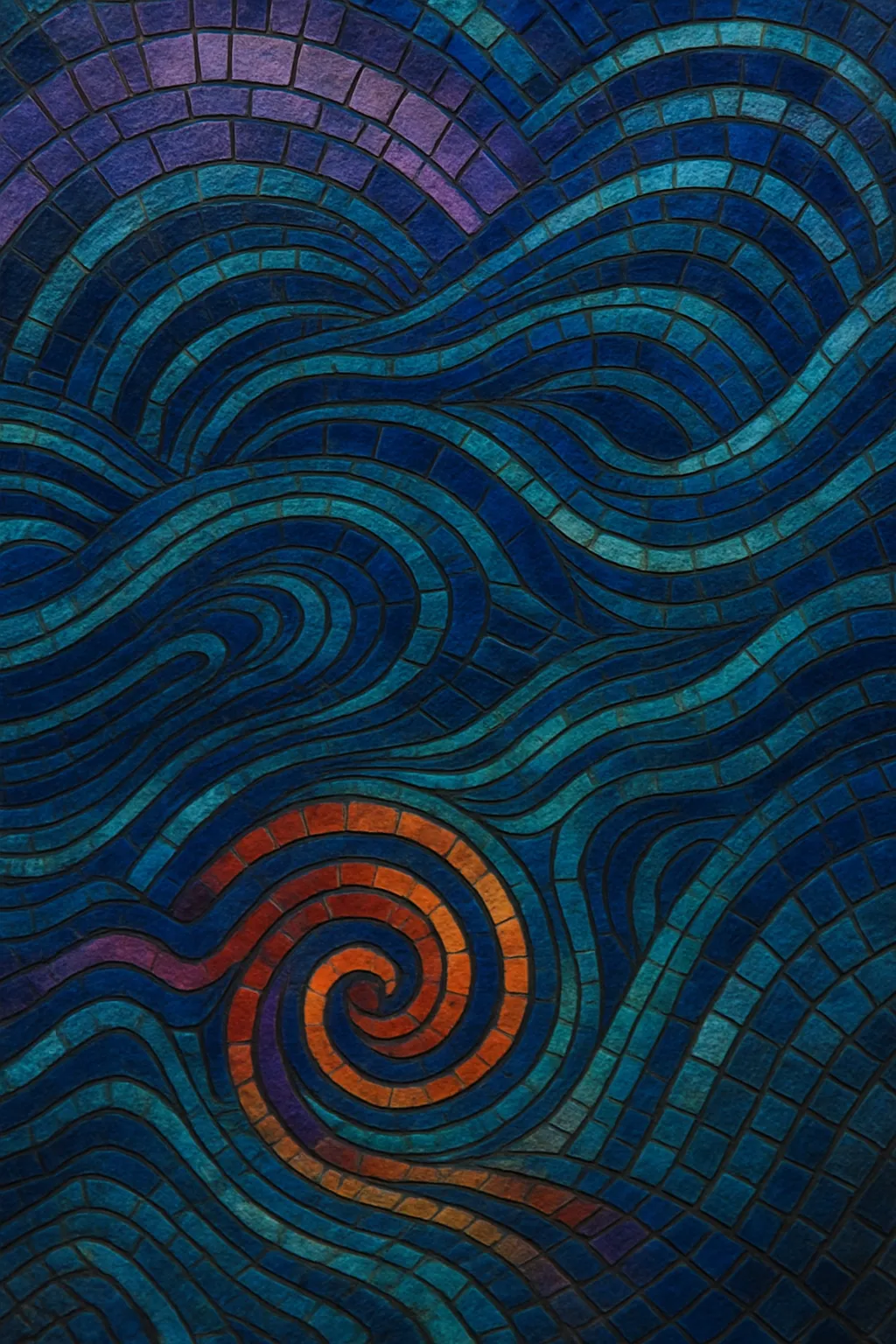
Progressive trance is a substyle of trance that emphasizes long-form development, subtle layering, and hypnotic momentum over sudden dramatic peaks. It typically features evolving pads, pulsating arpeggios, and rolling basslines that build gradually across extended arrangements.
Compared to uplifting or anthem trance, progressive trance is more restrained and textural, trading overt melodrama for nuanced tension-and-release. The result is a deep, immersive sound that feels journey-like on the dancefloor while remaining lush and atmospheric in focused listening contexts.
Progressive trance emerged in the early-to-mid 1990s, primarily in the United Kingdom, from the meeting point of UK progressive house, German/Frankfurt trance, techno, and the atmospheric ethos of ambient and new age. Early releases on labels such as Hooj Choons, Platipus, Bonzai, and Eye Q began to privilege long builds, textural pads, and evolving motifs over quick breakdowns and explosive drops.
Key early tracks like Humate’s “Love Stimulation” (1993) and the deeper side of artists such as Jam & Spoon and Oliver Lieb (as L.S.G.) helped define the blueprint: hypnotic repetition, careful filter movement, and patient arrangement.
By the late 1990s, progressive trance had a recognizable sound: sleek, soaring yet restrained, with expansive breakdowns and DJ-friendly intros/outros. Sasha and John Digweed popularized the style through their mixes and residencies, while BT’s meticulous sound design (e.g., “Flaming June”) and Sasha’s “Xpander” (1999) became scene-defining touchstones. The style thrived in long club sets where gradual momentum mattered.
In the 2000s, labels like Anjunabeats developed a melodic yet refined progressive trance that kept the genre’s patience while injecting modern production polish. Artists such as Above & Beyond, Airwave, and Gabriel & Dresden bridged underground progressions with emotive songwriting, bringing the sound to larger stages without sacrificing its layered aesthetics.
From the 2010s onward, progressive trance both cross-pollinated with and influenced adjacent scenes—progressive psytrance adopted its long-form structures, while modern melodic techno and melodic house borrowed its emotive harmonies and textural builds. Today, progressive trance remains a staple of extended DJ sets and specialist labels, prized for its immersive storytelling and timeless, transportive character.

